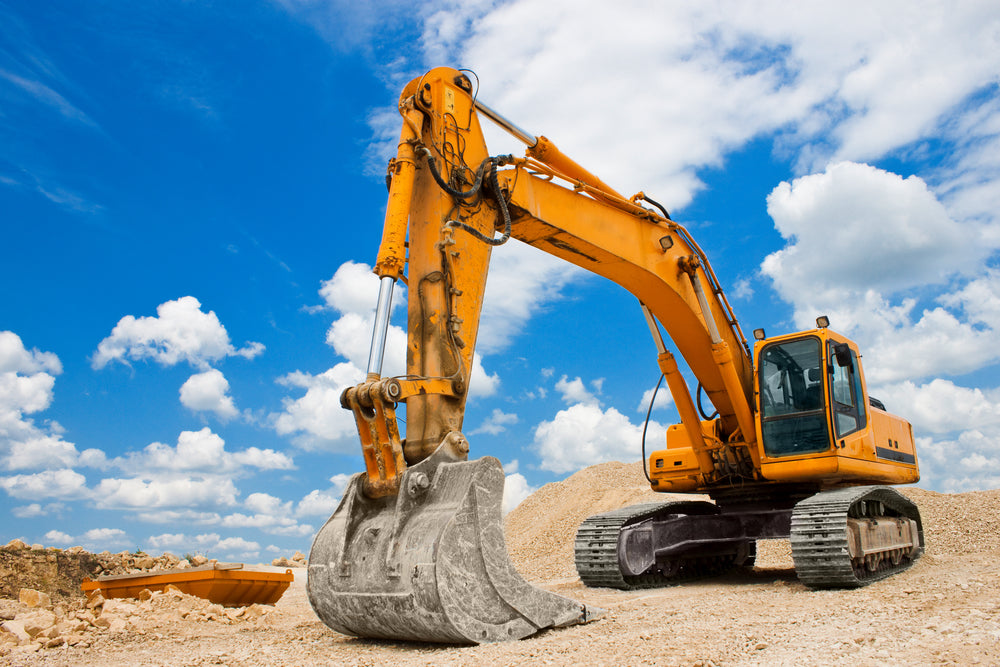Here is an article discussing the basic engine components and several important systems, including the intake and exhaust system, cooling system, fuel system, and lubrication system.
The engine is a complex mechanical system comprised of numerous parts. While each type of engine may have its own unique components, there are several common parts that make up the foundation of any internal combustion engine. These basic engine components include:
-
Piston and piston rings: The piston is a cylindrical metal part that moves up and down inside the cylinder, connected to the crankshaft via a connecting rod. The piston rings are circular components fixed to the piston, serving to seal the cylinder and allow for a thin film of viscous lubricating oil to form between the piston and the cylinder walls.
-
Crankshaft and connecting rods: The crankshaft is the primary rotating part of the engine, converting reciprocating motion into rotational motion and outputting the engine's power. The connecting rods connect the pistons to the crankshaft, converting reciprocating motion into linear motion and transferring force onto the crankshaft.
-
Pulleys and belts: Pulleys are rotating devices used in the engine to transfer energy. Belts connect the pulleys and other equipment such as water pumps, generators, etc., so that they can work as the engine operates.
-
Gears and chains: Gears and chains are also used to transmit energy, transferring power from one part of the engine to another. These components are typically used to drive camshafts and oil pumps.
-
Flywheel and clutch: The flywheel is a circular metal component positioned between the engine and the transmission system. It serves to store energy and helps start the engine smoothly. The clutch transmits the engine's power to the transmission or drivetrain, and can disconnect the connection between the engine and the transmission system when needed.
In addition to these basic engine components, an engine has several other vital systems that work together to ensure its proper operation. These systems include the intake and exhaust system, cooling system, fuel system, and lubrication system.
The intake and exhaust system is responsible for bringing air into the engine and expelling exhaust gases. Some of the components of this system include:
-
Intake manifold and intake valves: The intake manifold is a component that distributes air to each cylinder in the engine. The intake valves allow air to enter the cylinders while preventing exhaust gases from escaping through the same port.
-
Air filter: The air filter is designed to clean the air entering the engine, removing any dirt or debris that could damage the engine.
-
Exhaust manifold and exhaust pipes: The exhaust manifold collects the exhaust gases from each cylinder and directs them towards the exhaust pipe. The exhaust pipe then expels the gases outside of the vehicle.
-
Catalytic converter and exhaust after-treatment devices: The catalytic converter is an emissions control device that converts harmful pollutants in the exhaust gas into less harmful substances, such as carbon dioxide and water vapor.
The cooling system is also crucial to the engine's operation, helping to regulate its temperature and prevent overheating. Some of the components of the cooling system include:
-
Water pump and radiator: The water pump circulates coolant throughout the engine block and head, while the radiator helps dissipate heat from the coolant.
-
Hoses and connectors: These components connect the water pump, radiator, and other parts of the cooling system.
-
Temperature sensor and controller: The temperature sensor monitors the engine's temperature and sends this data to the controller, which can adjust the cooling system as needed.
The fuel system provides the engine with the fuel it needs to generate power. Some of the components of the fuel system include:
-
Fuel pump and injectors: The fuel pump draws fuel from the tank and sends it to the injectors, which then spray fuel into the engine's cylinders.
-
Fuel filter and regulator: The fuel filter removes any impurities or debris in the gasoline, while the regulator ensures that the fuel pressure is appropriate.
-
Fuel tank and lines: These components store and transport fuel from the tank to the engine.
Finally, the lubrication system provides a thin layer of oil between moving parts, reducing friction and preventing wear and tear. Some of the components of the lubrication system include:
-
Oil pump and filter: The oil pump circulates oil throughout the engine block and head, while the oil filter removes debris and impurities from the oil.
-
Oil pan and pickup tube: The oil pan holds the oil, while the pickup tube draws the oil from the pan and sends it to the pump.
-
Oil cooler and heater: The oil cooler helps regulate the temperature of the oil, while the heater ensures that the oil reaches the optimal operating temperature quickly.
In conclusion, the basic engine components, intake and exhaust system, cooling system, fuel system, and lubrication system are all essential for an engine to operate correctly. Each system includes numerous components

